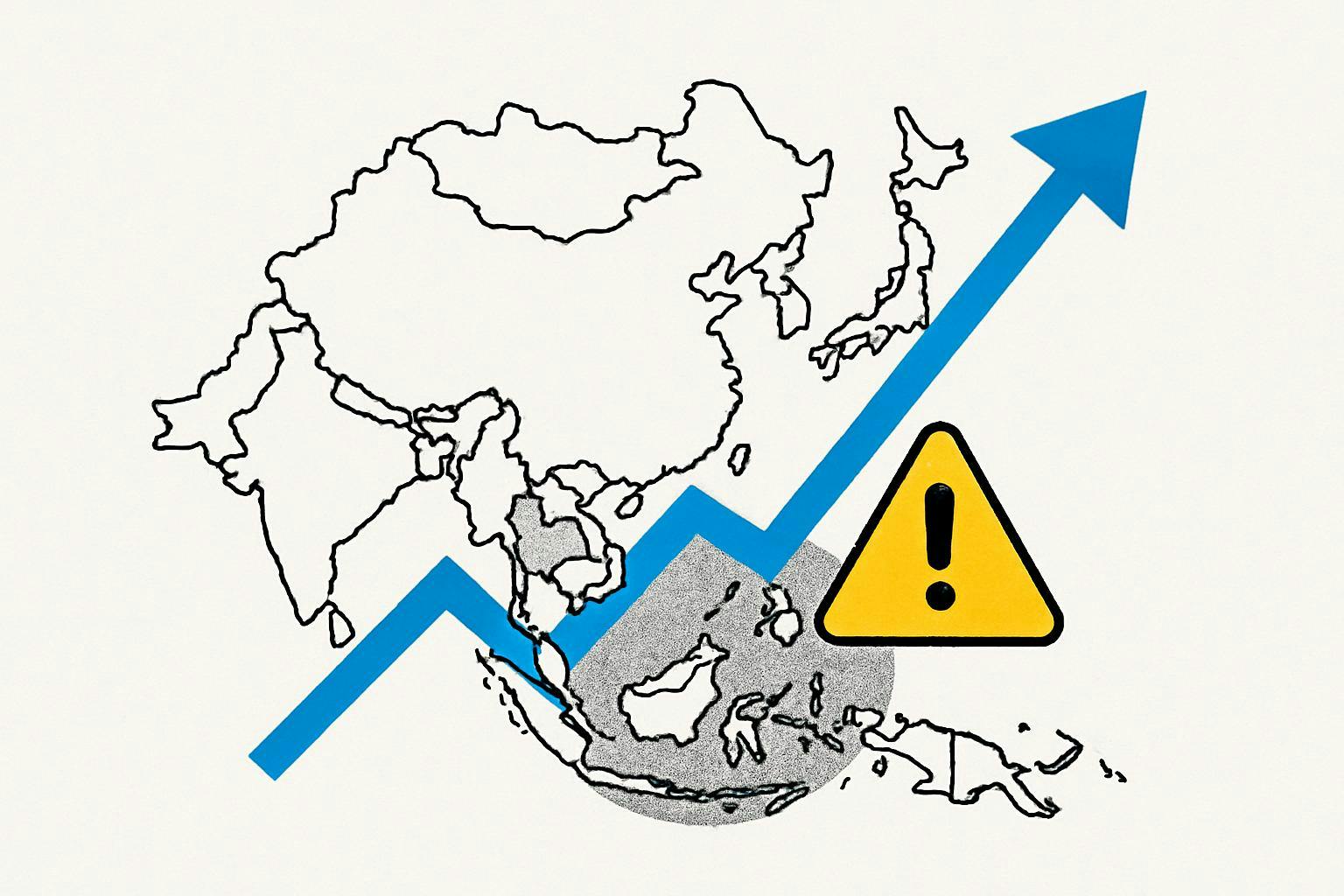What’s going on here?
Asia-Pacific economies managed steady, if uneven, growth through September and early October, with China’s GDP climbing 4.8% and most regional inflation rates staying in check, according to newly released data from top financial institutions.
What does this mean?
Despite wider economic challenges, Asia-Pacific markets are holding their ground, though the details show a patchy picture. China’s third-quarter growth matched expectations at 4.8% year-on-year, and industrial production came in stronger than forecast at 6.5%, while retail sales grew at a milder 3%. Still, China’s housing prices fell for the seventh month running, even as unemployment edged lower to 5.2%. Other countries also posted stable numbers: New Zealand’s inflation landed at 3%, Japan’s consumer prices are set to rise 2.9%, and central banks across the region are mostly sticking with current interest rates—for now. Taiwan stood out, with exports jumping 25.4% year-on-year, boosted by strong tech demand. Singapore, Malaysia, Hong Kong, and Macao all saw moderate inflation and ongoing job market steadiness. So, while the region’s growth is anchored by robust export orders and solid consumer activity, property sector setbacks and shifting trade conditions are key risks to watch.
Why should I care?
For markets: Growth holds steady but challenges linger.
Investors are watching Asia’s solid industrial and export data, but lingering issues could limit gains. China’s manufacturing output beat forecasts, and Taiwan’s booming tech exports, alongside Japan’s rebound in shipments, hint at continued sector strength. Yet, ongoing housing market struggles in China and monetary uncertainty in markets like Korea are keeping nerves on edge. The MSCI Asia Pacific index has stayed close to recent highs, but market sentiment could pivot quickly if central banks shift their stance or global policies change.
The bigger picture: Asia’s resilience shapes global outlook.
Steady economic progress in the Asia-Pacific region is providing a backstop to global supply chains and trade flows, even as new tariffs and international tensions shape strategies. With leadership changes in Japan and central banks in Southeast Asia maintaining a careful balance, policymakers are focused on stimulating growth without igniting inflation. The region’s ability to keep up tech demand and solid consumer spending looks promising, but maintaining this momentum will depend on effectively navigating property sector hiccups and evolving global trade relationships.


